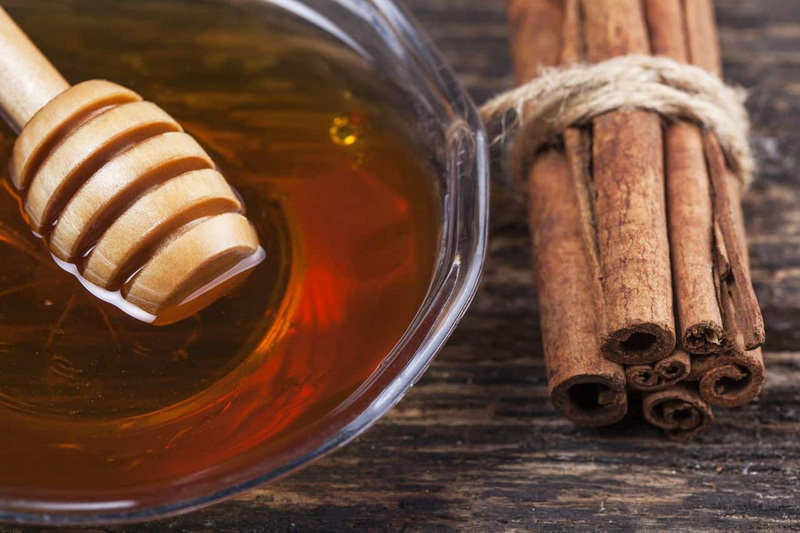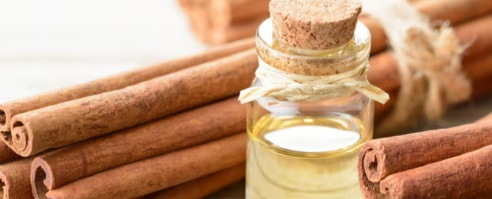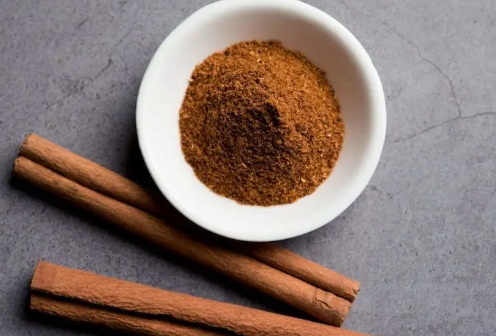Content Menu
● Introduction to Cinnamon Bark Extract
>> Antibacterial Activity of Cinnamon Bark Extract
>> Anti-Inflammatory Properties
● Benefits of Cinnamon Bark Extract in Skincare
>> Natural Exfoliant and Blood Flow Stimulation
>> Antioxidant Properties
>> Combination with Other Skincare Ingredients
>> Skin Brightening Effects
>> Reducing Pore Size
● Precautions and Usage
>> DIY Skincare Recipes with Cinnamon Bark Extract
● Cinnamon Bark Extract in Skin Care Products
● Conclusion
● FAQ
>> 1. What are the primary benefits of using cinnamon bark extract in skincare?
>> 2. How can I incorporate cinnamon bark extract into my skincare routine?
>> 3. Are there any potential side effects of using cinnamon bark extract on the skin?
>> 4. Can cinnamon bark extract help with skin brightening?
>> 5. How often should I use cinnamon bark extract in my skincare routine?
● Citations:
Cinnamon bark extract, derived from the bark of the cinnamon tree, primarily Cinnamomum verum or Cinnamomum cassia, has been widely recognized for its potential benefits in skincare, particularly in addressing acne and skin inflammation. This natural ingredient is renowned for its rich content of cinnamaldehyde, a compound that significantly contributes to its antibacterial and anti-inflammatory properties.

Introduction to Cinnamon Bark Extract
Cinnamon bark extract has been used for centuries in traditional medicine and skincare due to its versatility and effectiveness. It is not only a natural remedy but also a cost-effective alternative to synthetic skincare products. The extract's ability to combat acne-causing bacteria and soothe irritated skin makes it a valuable ingredient in natural skincare routines.
Antibacterial Activity of Cinnamon Bark Extract
Acne is primarily caused by bacteria such as Propionibacterium acnes (P. acnes) and Staphylococcus epidermidis (S. epidermidis). Cinnamon bark extract has shown promising results in combating these bacteria. Studies have demonstrated that it exhibits significant antibacterial activity against both P. acnes and S. epidermidis. The minimum inhibitory concentration (MIC) of cinnamon bark extract against P. acnes is typically around 256 µg/mL, while against S. epidermidis, it is higher at 1024 µg/mL.
Antibacterial Activity :
| Strains | Diameter of Zone of Inhibition (mm) |
| P. acnes | 17.2 |
| S. epidermidis | 16.8 |
Anti-Inflammatory Properties
Cinnamon bark extract is also recognized for its potent anti-inflammatory properties, which can help soothe irritated skin and reduce inflammation associated with acne. Cinnamaldehyde, the primary active compound in cinnamon bark extract, inhibits the production of nitric oxide and other inflammatory mediators, thereby reducing inflammation.
Benefits of Cinnamon Bark Extract in Skincare
Natural Exfoliant and Blood Flow Stimulation
Cinnamon bark extract acts as a natural exfoliant, removing dead skin cells and promoting a brighter complexion. It also stimulates blood flow, which can enhance skin radiance.
Antioxidant Properties
Rich in antioxidants, cinnamon bark extract helps protect the skin from free radicals, potentially reducing signs of aging such as fine lines and wrinkles.
Combination with Other Skincare Ingredients
Cinnamon bark extract can be combined with other natural skincare ingredients to enhance its benefits. For example, mixing it with hyaluronic acid can help retain moisture while addressing acne and inflammation.
Skin Brightening Effects
Cinnamon bark extract can also contribute to skin brightening by improving circulation and reducing melanin production. This makes it beneficial for individuals looking to achieve a more even skin tone.
Reducing Pore Size
The astringent properties of cinnamon bark extract can help reduce the appearance of pores, giving the skin a smoother texture.

Precautions and Usage
While cinnamon bark extract is generally safe for use on the skin, there are some precautions to consider:
- Patch Test: Some individuals may experience mild irritation or redness when using cinnamon bark extract. It is advisable to perform a patch test before regular use to ensure compatibility.
- Concentration: Cinnamon bark extract should be used in appropriate concentrations to avoid irritation. Typically, a concentration of 1-3% is recommended for skincare products.
DIY Skincare Recipes with Cinnamon Bark Extract
1. Cinnamon and Honey Face Mask: Mix 1 teaspoon of cinnamon bark extract with 2 tablespoons of honey. Apply to the face and leave on for 15 minutes before rinsing.
2. Cinnamon and Oatmeal Scrub: Combine 1 teaspoon of cinnamon bark extract with 2 tablespoons of oatmeal and a little water to form a paste. Use as a gentle exfoliating scrub.
Cinnamon Bark Extract in Skin Care Products
Cinnamon bark extract is increasingly being incorporated into commercial skincare products due to its natural benefits. It can be found in acne treatments, face masks, and moisturizers. When purchasing products containing cinnamon bark extract, ensure they are from reputable brands and follow the recommended usage instructions.
Conclusion
Cinnamon bark extract offers a multifaceted approach to skincare, addressing acne and inflammation while promoting overall skin health. Its antibacterial and anti-inflammatory properties make it a valuable ingredient in natural skincare routines. However, further research is needed to fully explore its potential benefits and optimal usage.

FAQ
1. What are the primary benefits of using cinnamon bark extract in skincare?
Cinnamon bark extract is beneficial for its antibacterial properties against acne-causing bacteria, anti-inflammatory effects to soothe irritated skin, and antioxidant properties to combat signs of aging.
2. How can I incorporate cinnamon bark extract into my skincare routine?
You can use cinnamon bark extract as a spot treatment by mixing it with honey or as part of a skincare routine to reduce acne and inflammation. It can also be incorporated into face masks or scrubs for enhanced benefits.
3. Are there any potential side effects of using cinnamon bark extract on the skin?
Some individuals may experience mild irritation or redness when using cinnamon bark extract. It is advisable to perform a patch test before regular use to ensure compatibility.
4. Can cinnamon bark extract help with skin brightening?
Yes, cinnamon bark extract can help brighten the complexion by stimulating blood flow and acting as a natural exfoliant. Its antioxidant properties also contribute to reducing signs of aging.
5. How often should I use cinnamon bark extract in my skincare routine?
It is recommended to use cinnamon bark extract only once or twice a week if using it in skincare DIYs. Skincare products infused with cinnamon can be used daily.
Citations:
[1] https://www.botaniex.com/can-cinnamon-bark-extract-help-with-acne-and-skin-inflammation.html
[2] https://www.soulflower.in/blogs/news/6-magical-benefits-uses-of-cinnamon-oil-for-skin-hair
[3] https://patents.google.com/patent/CN107007513A/zh
[4] https://bmrat.biomedpress.org/index.php/BMRAT/article/view/515
[5] https://www.lorealparisusa.com/ingredient-library/cinnamon
[6] https://pmc.ncbi.nlm.nih.gov/articles/PMC5489923/
[7] https://www.myglamm.com/glammstudio/cinnamon-benefits-for-skin
[8] https://www.lesielle.com/int/en/cinnamomum-zeylanicum-bark-oil--in-skincare-what-is-inci-441
[9] https://www.esthique.gr/en/blog/articles/cinnamon-skin-benefits






























